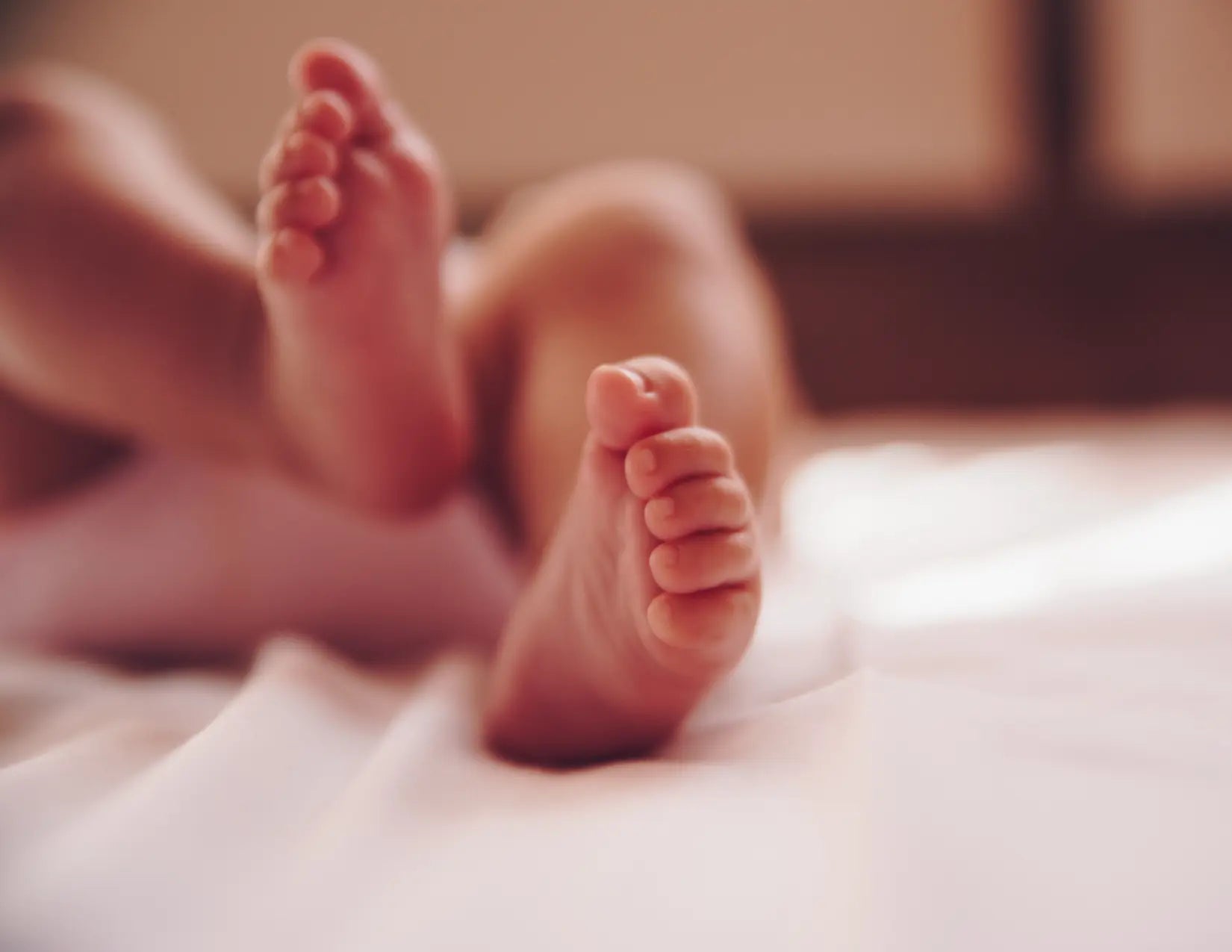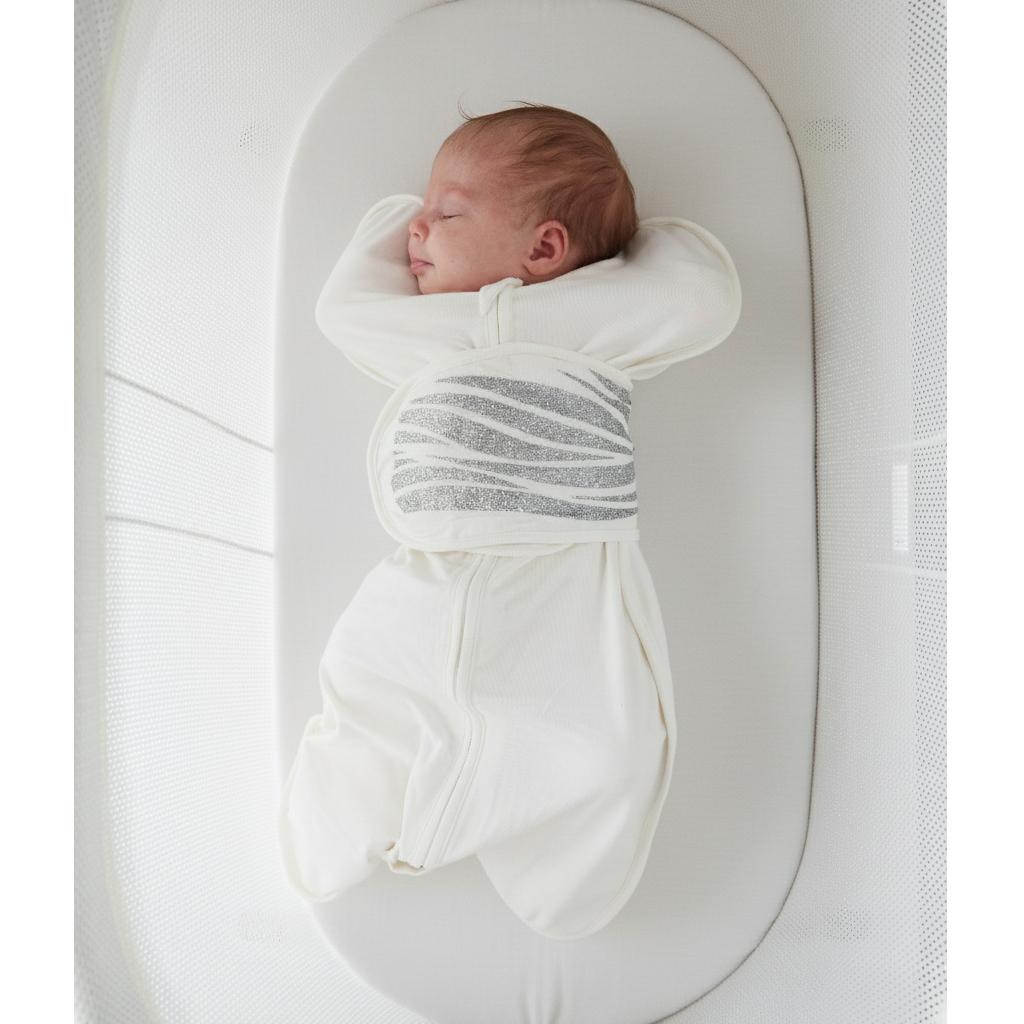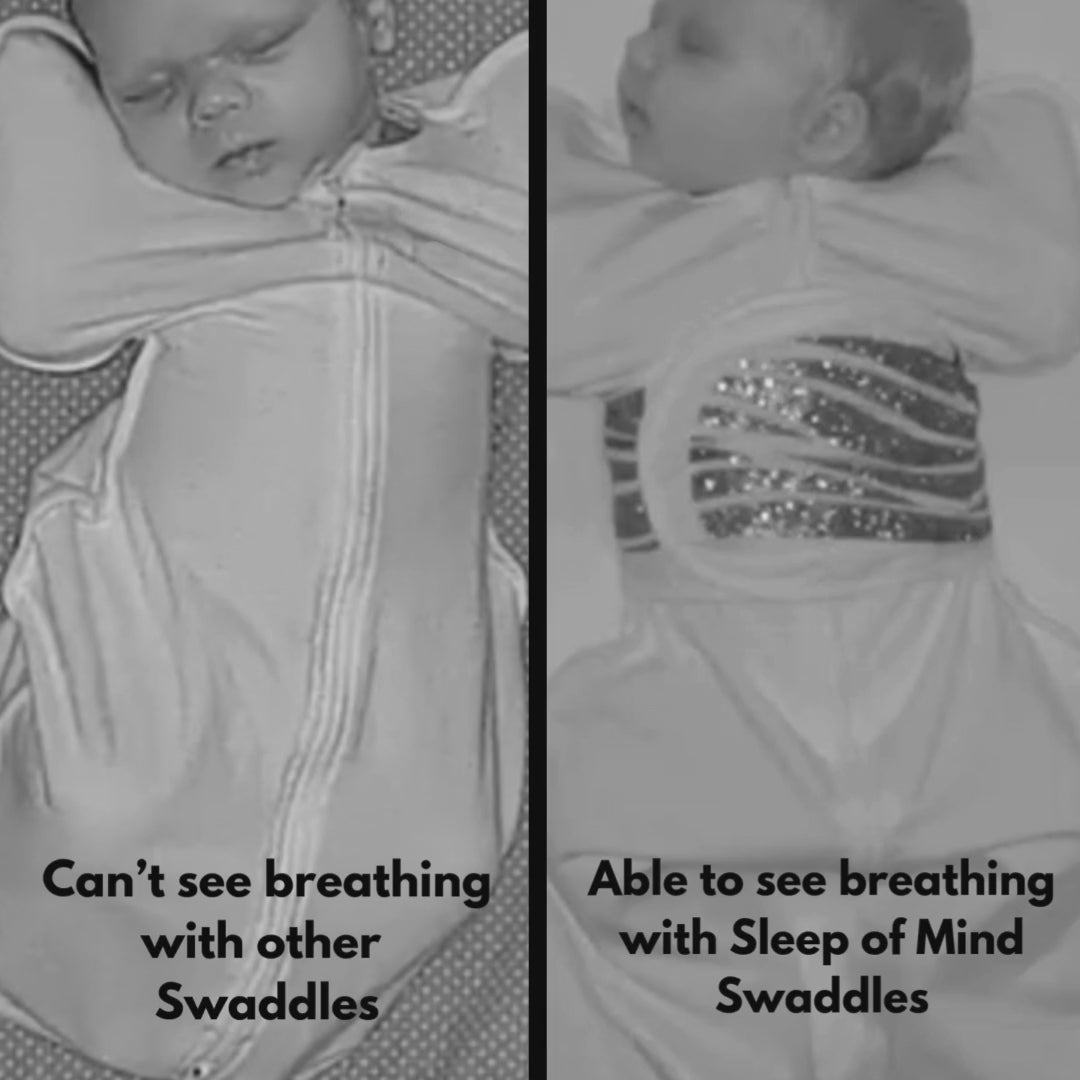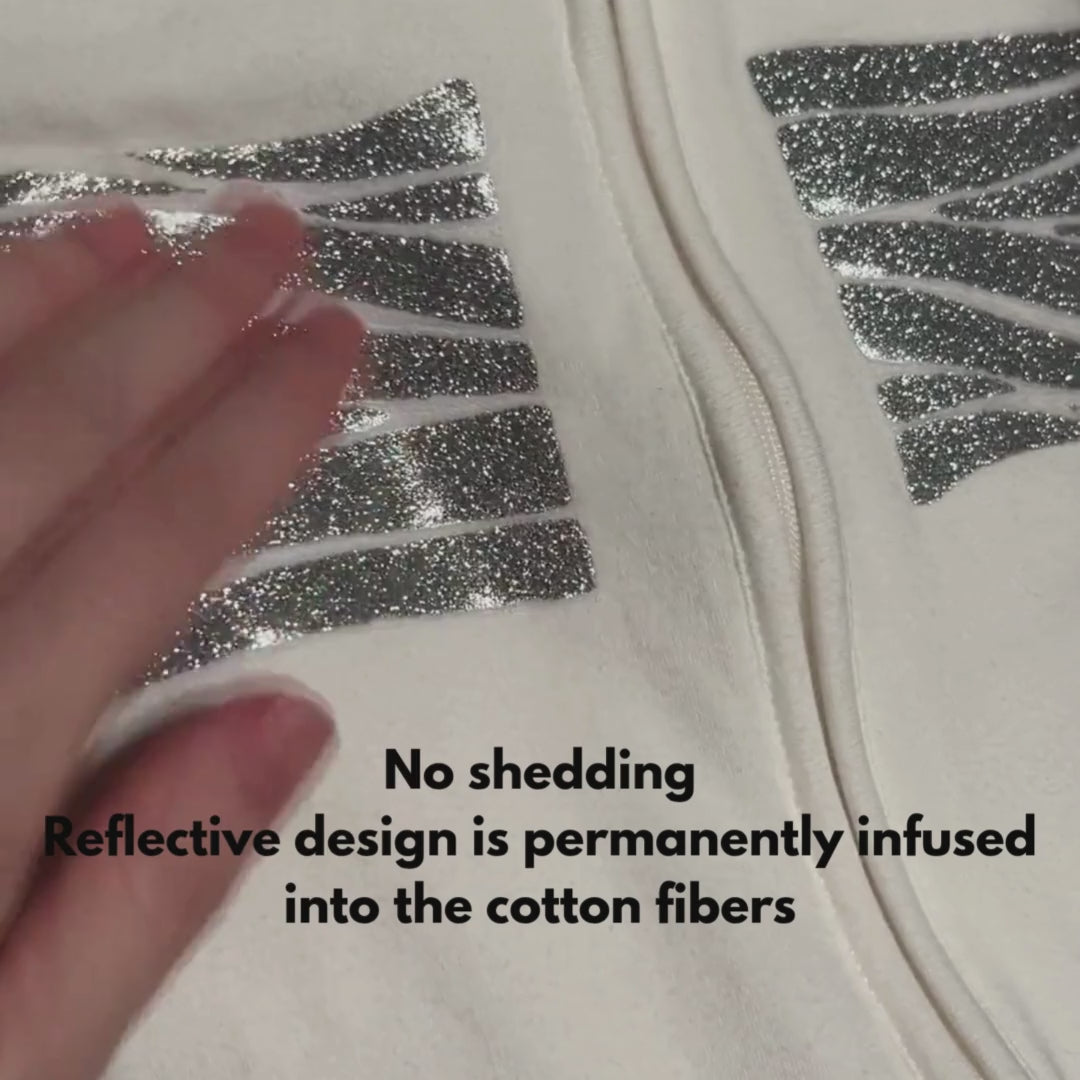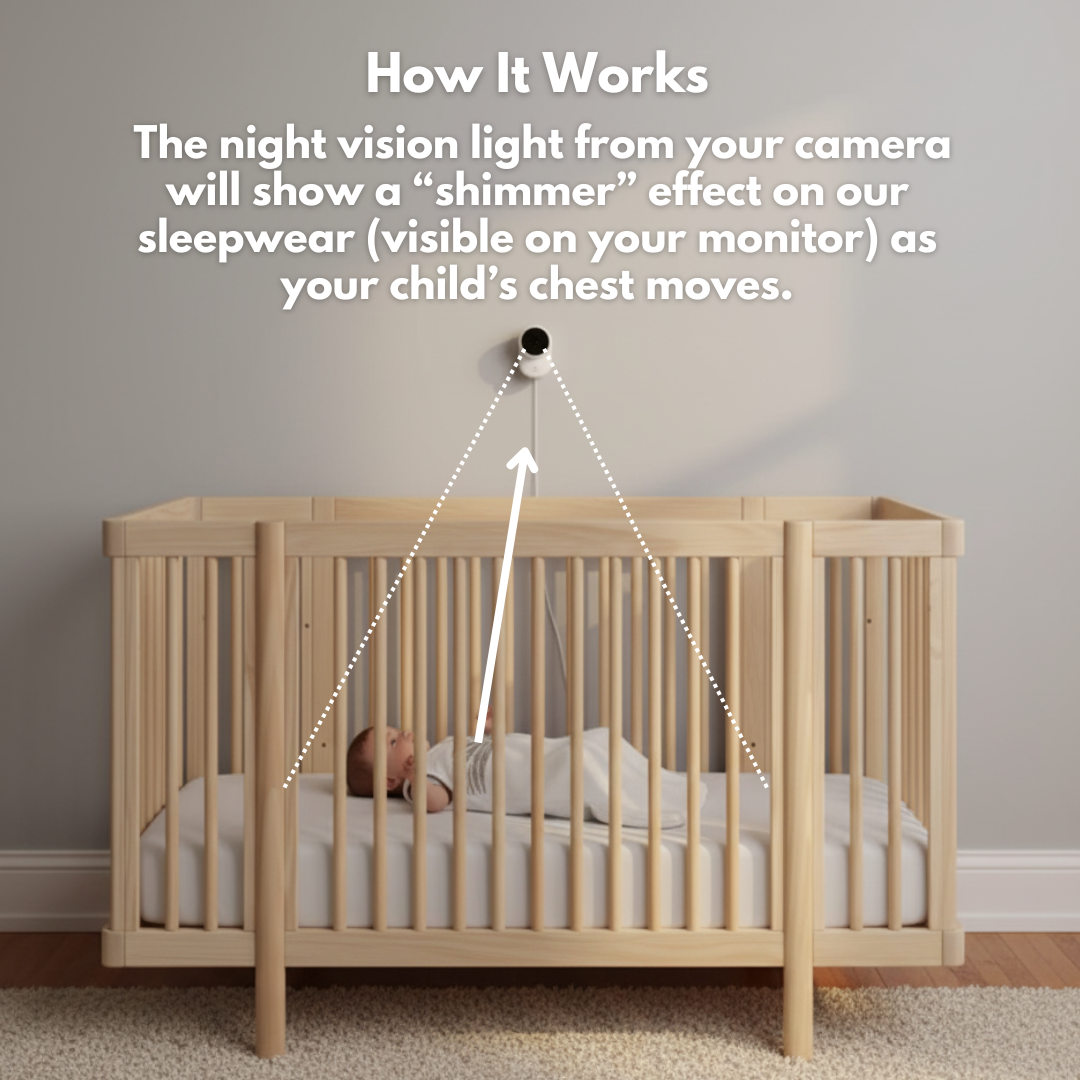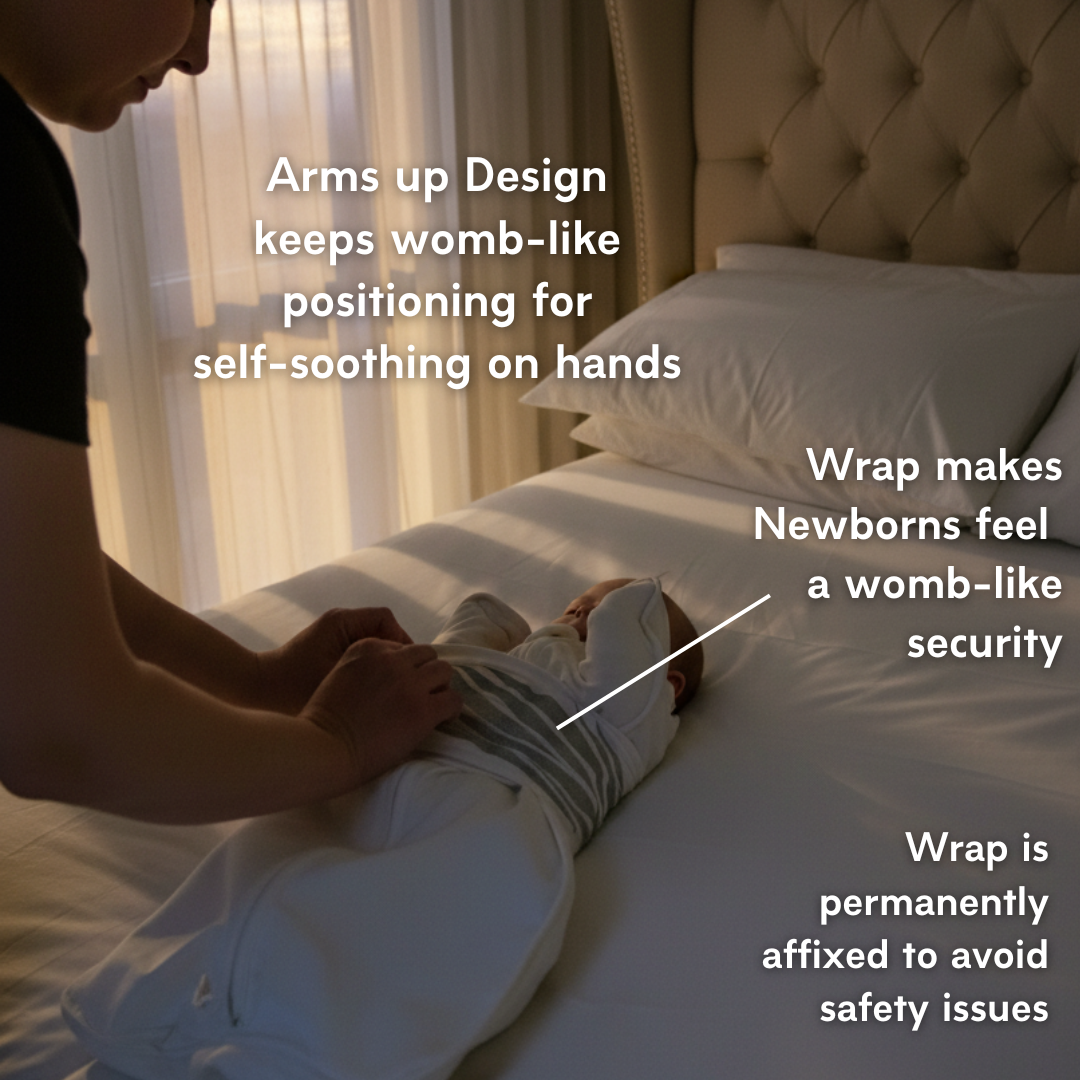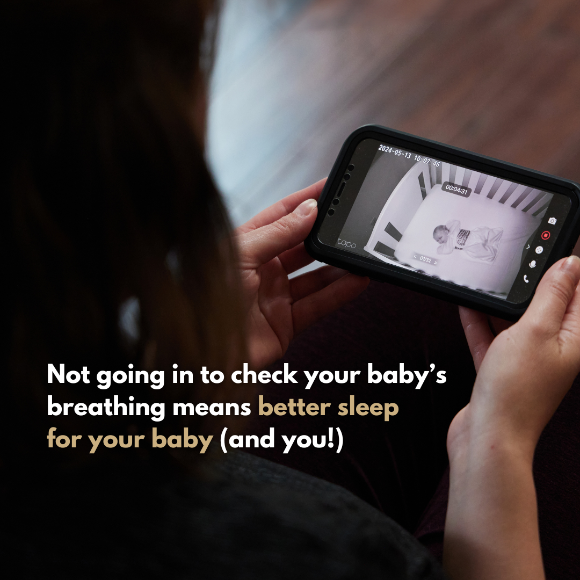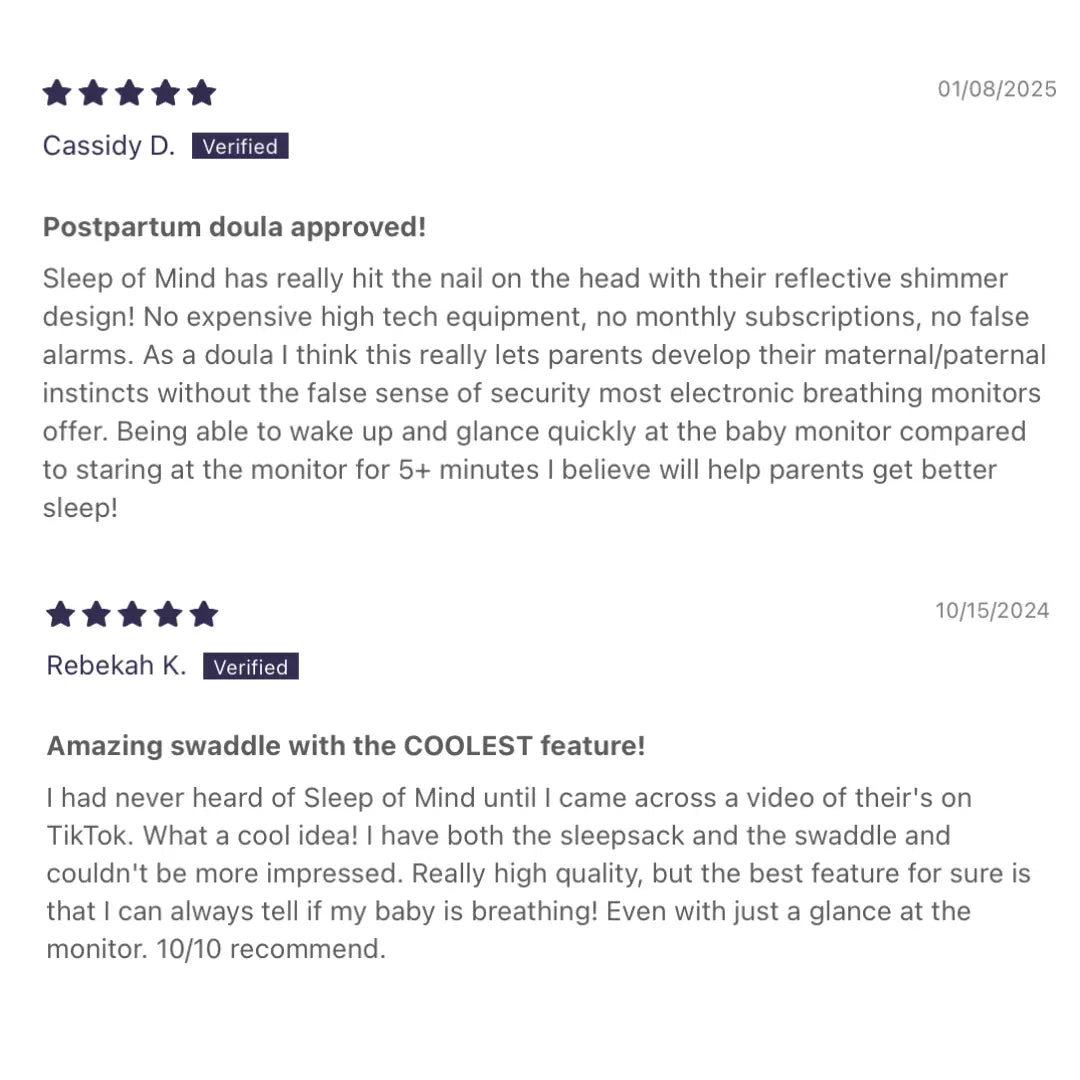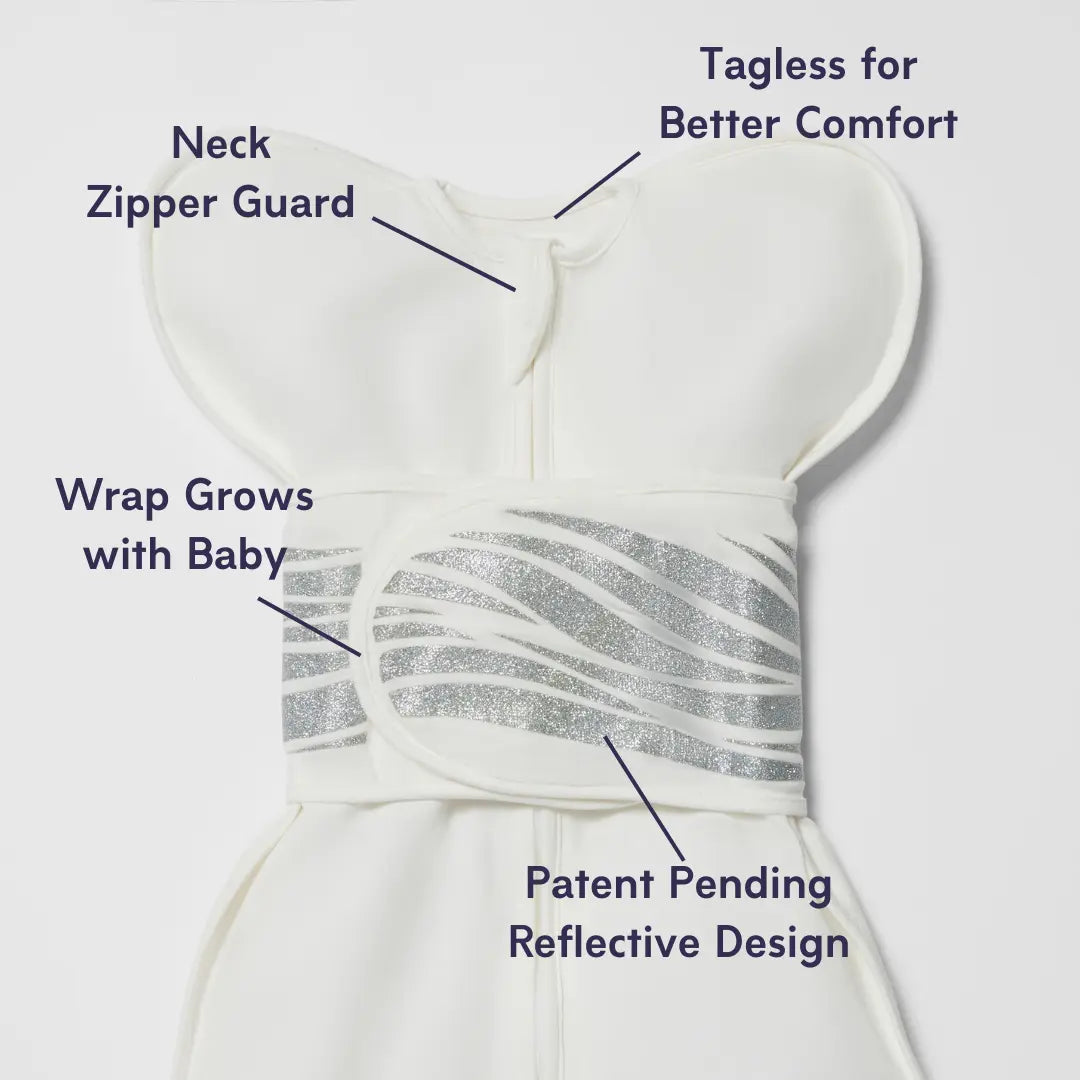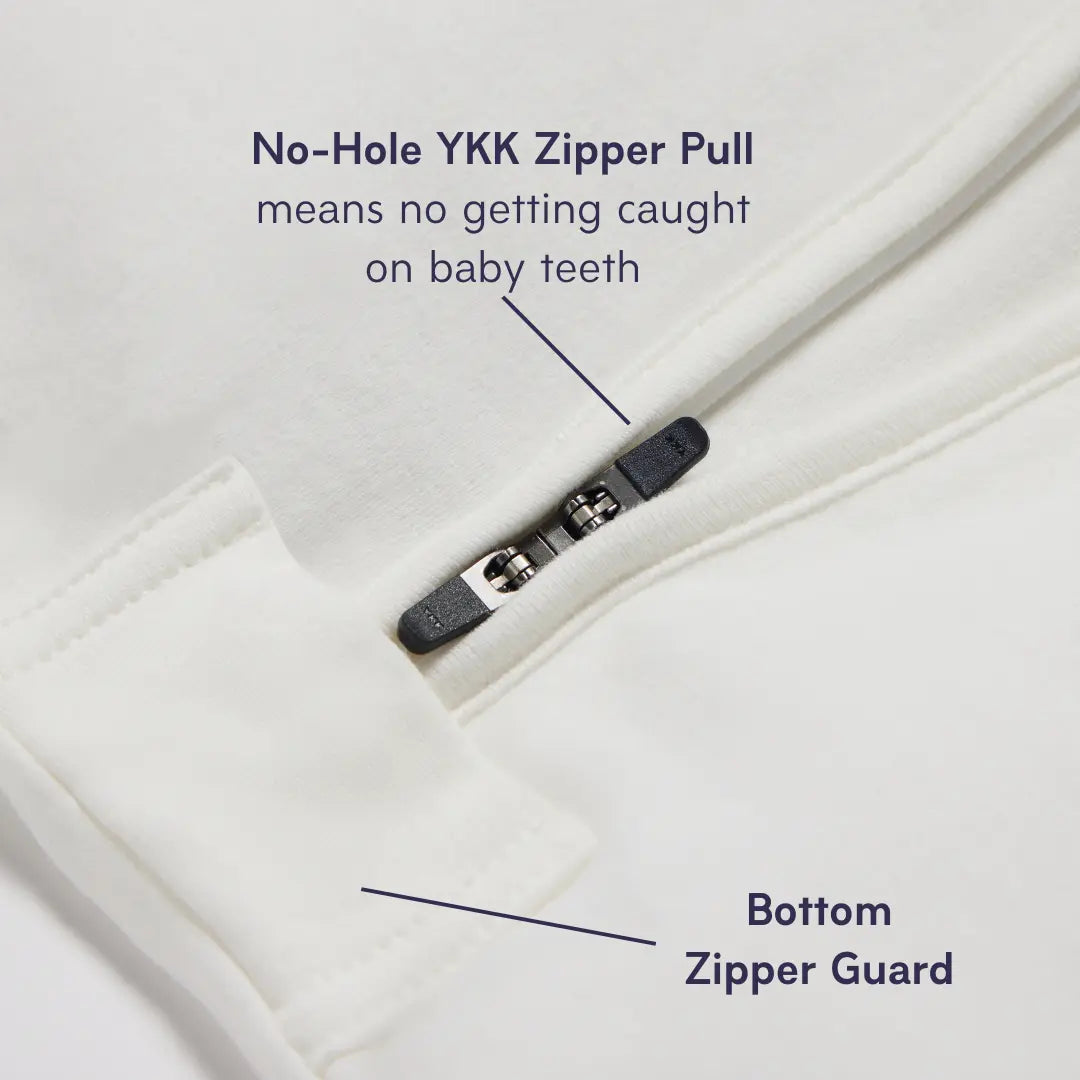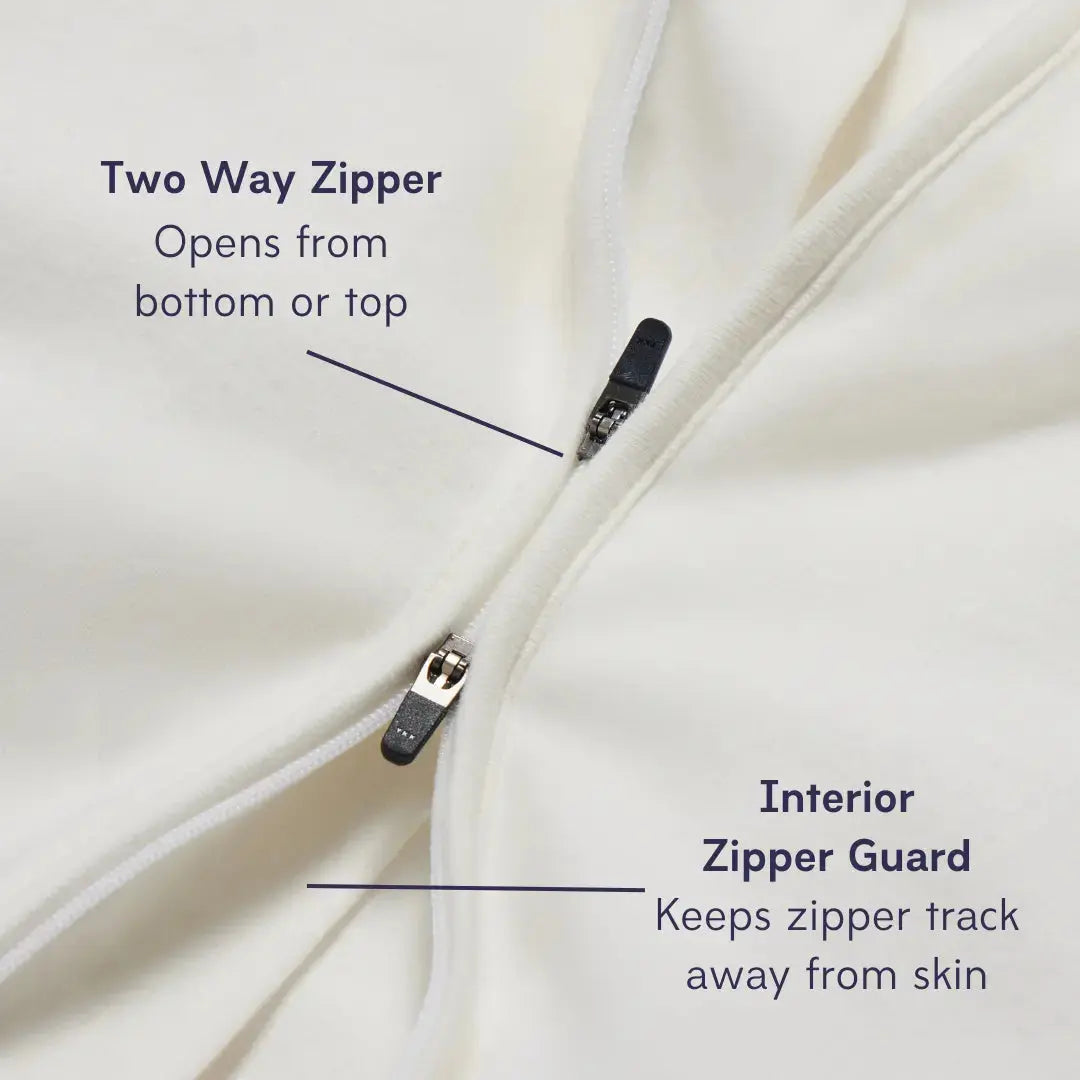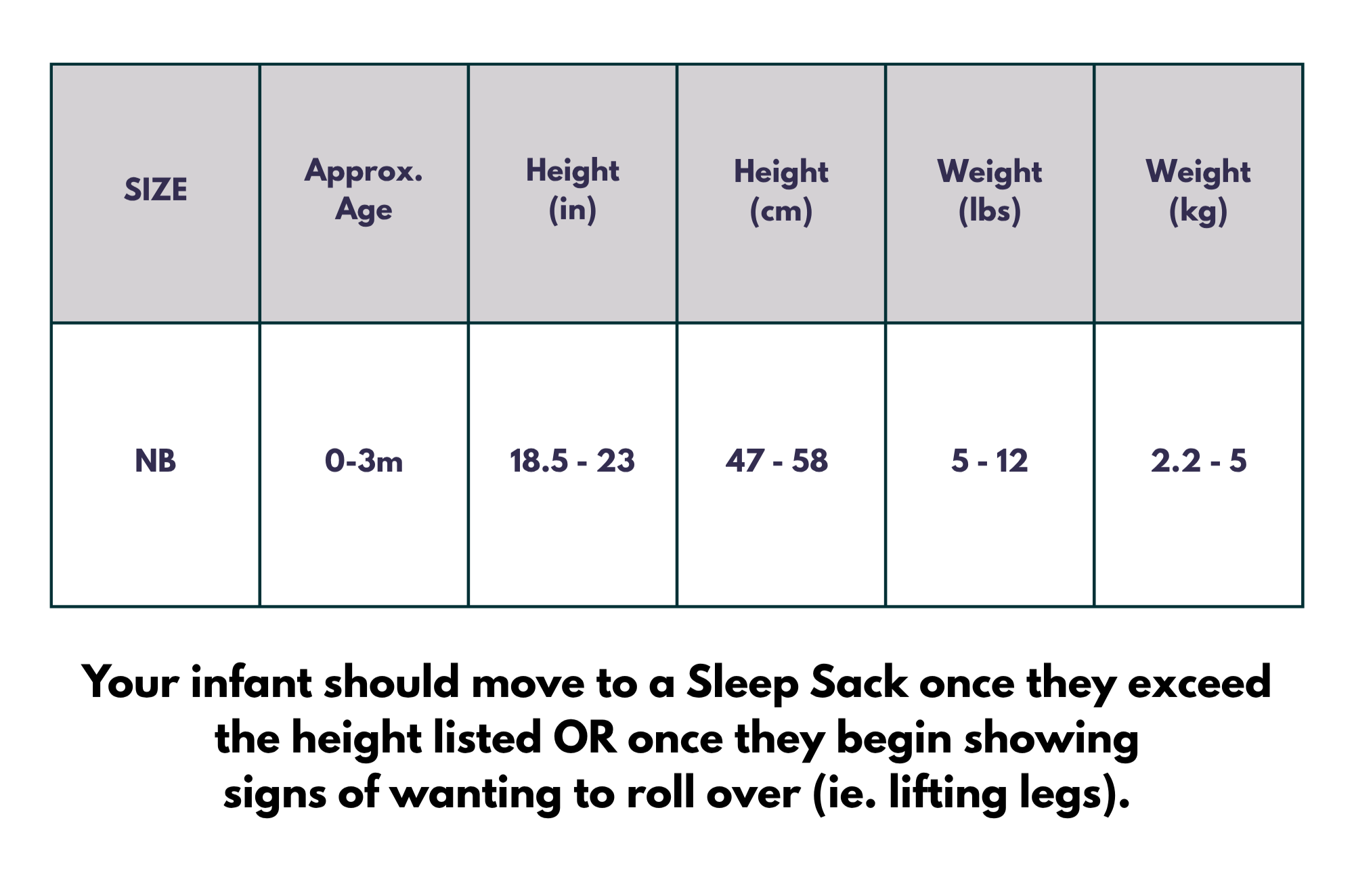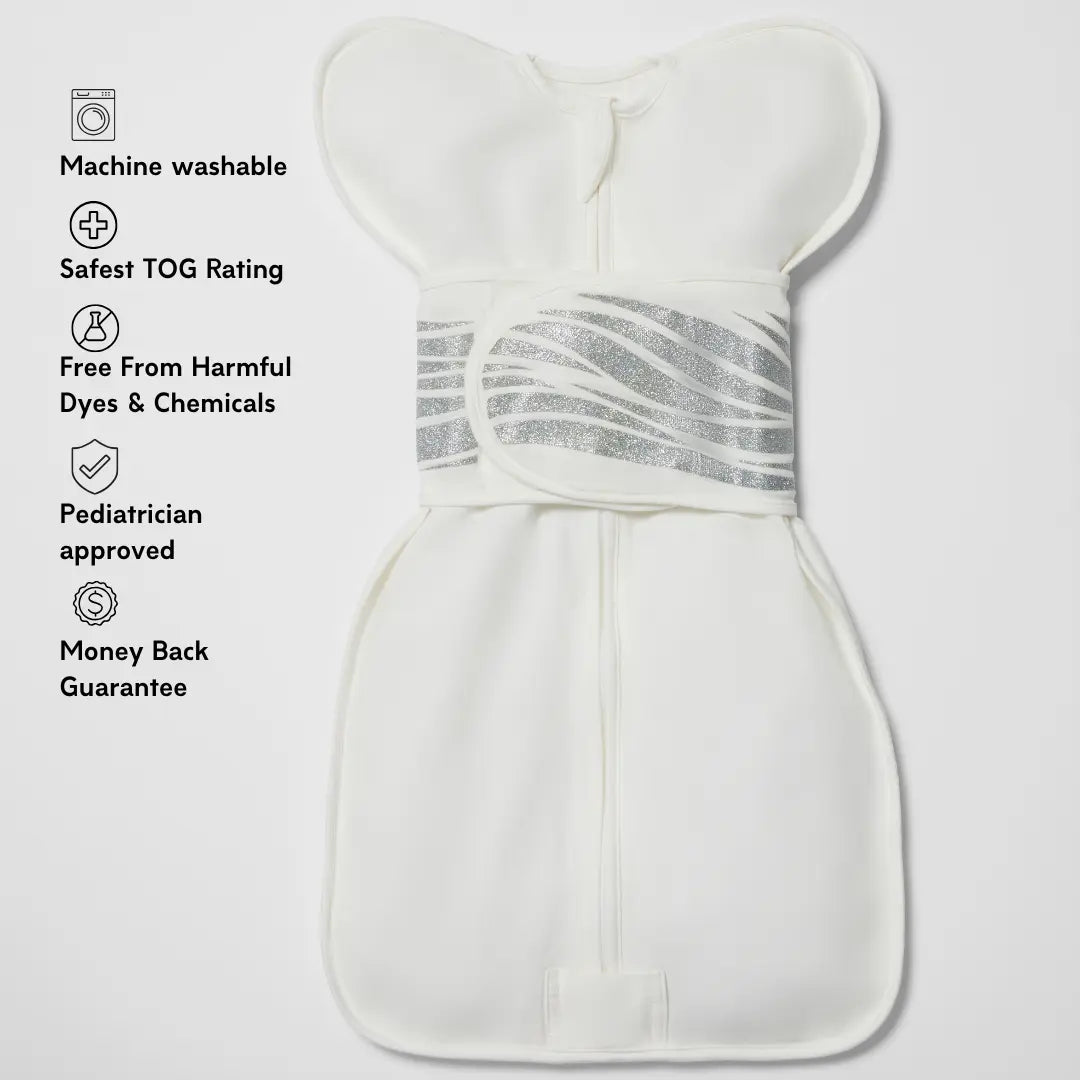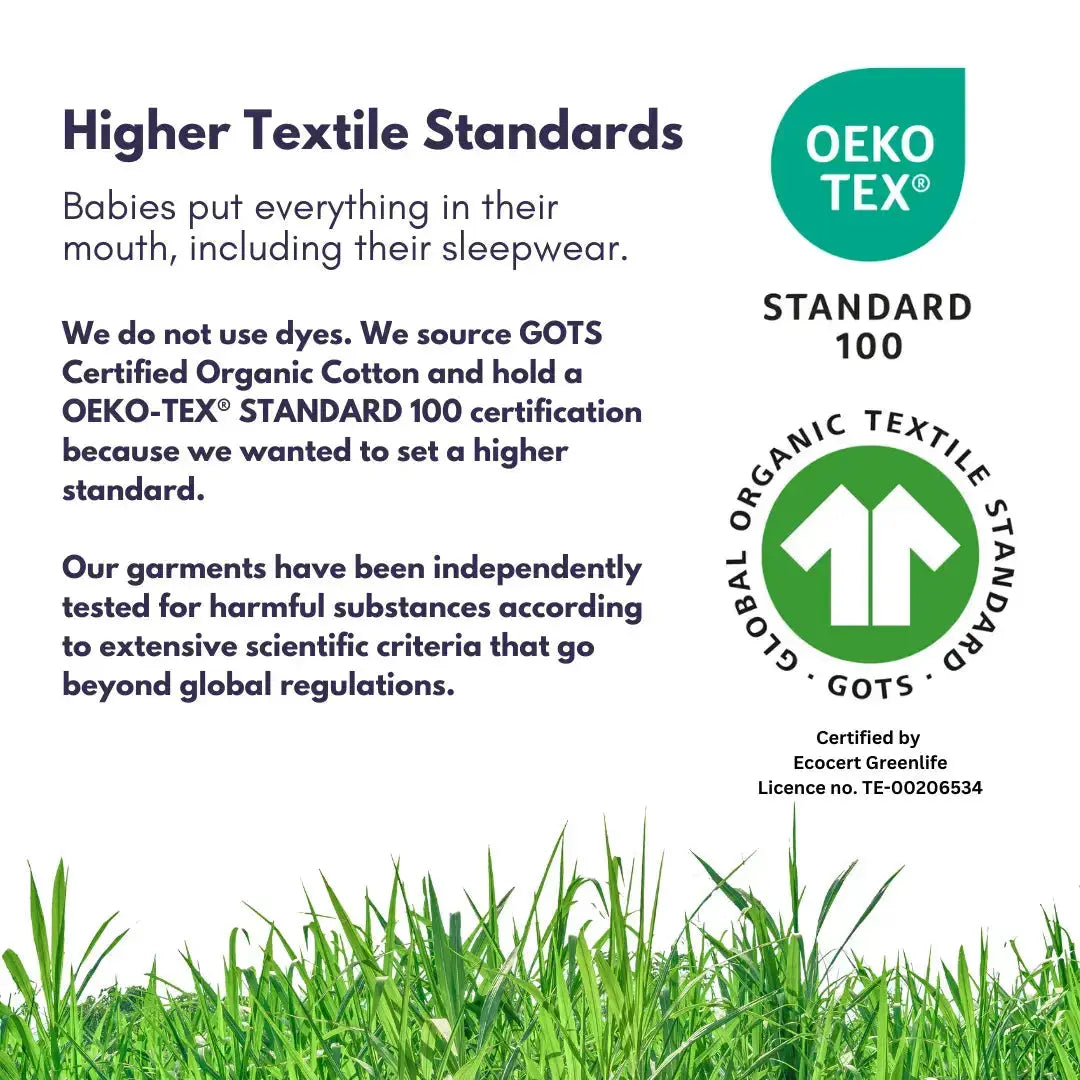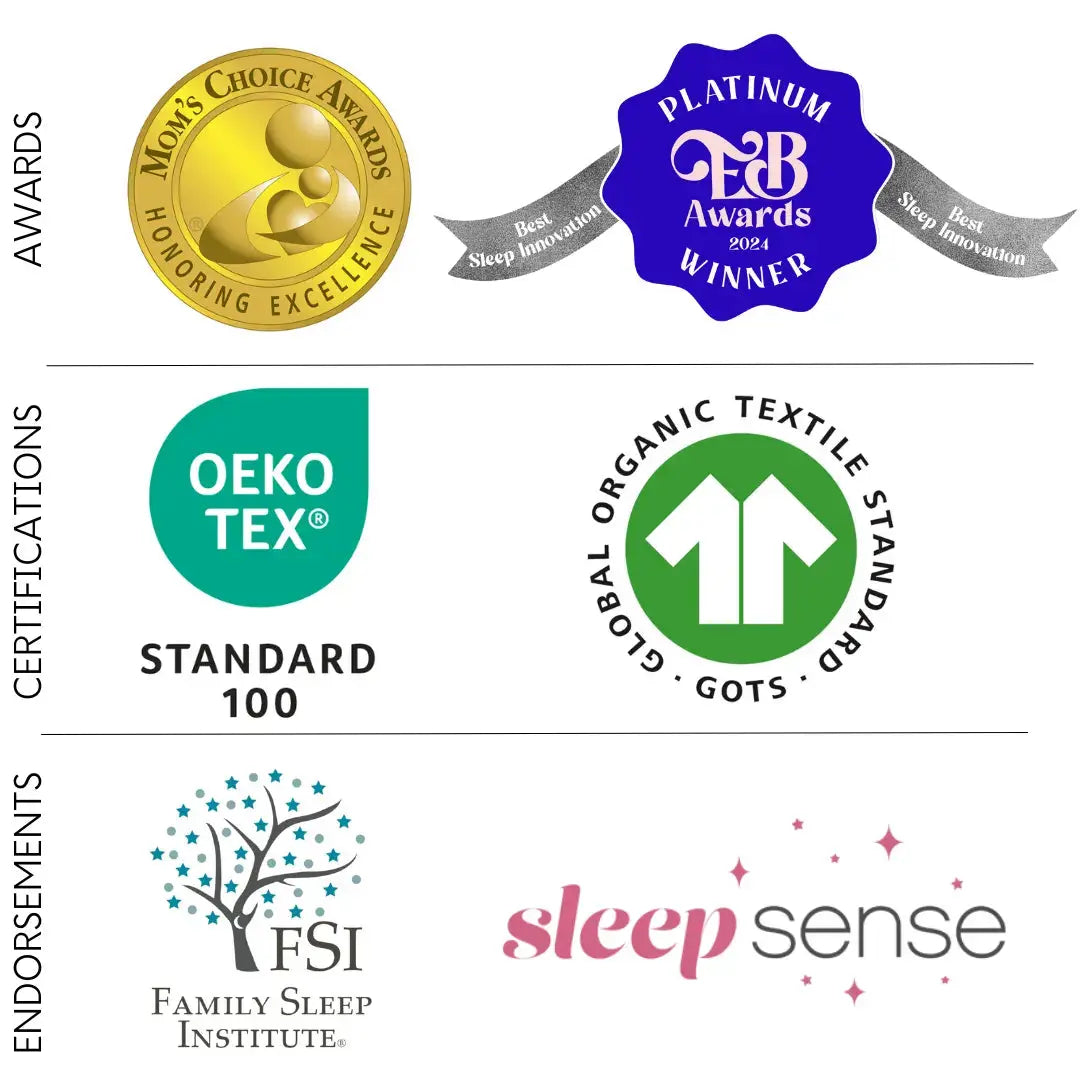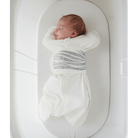Every year, we hear about tragic, preventable infant deaths caused by accidental suffocation and strangulation. And on top of that, there’s Sudden Infant Death Syndrome (SIDS), which is every parent’s worst nightmare. But the good news is that there are ways to lower the risk of SIDS and prevent these accidental deaths.
When it comes to safe sleeping for infants, the American Academy of Pediatrics (AAP) has laid out some pretty straightforward guidelines to help us parents create a safer sleep environment and reduce the risk of SIDS. Let’s break down these key safe sleep practices.
What SIDS Is and Is Not
SIDS is when a baby under a year old dies suddenly and unexpectedly during sleep, and we don’t know why. Though the exact cause is still a mystery, researchers have found several risk factors, and there are things we can do to significantly lower the chances of it happening. On the other hand, accidental suffocation happens when a baby’s airway gets blocked, cutting off oxygen and causing death.
Most SIDS cases happen between 1 and 4 months, with 90% occurring in the first 6 months. While it becomes less common after 8 months, it's still crucial to stick to safe sleep practices until your baby’s first birthday to help reduce the risk of SIDS and other sleep-related dangers.
The First Step: A Safe Sleep Environment

1. Back to Sleep for Every Sleep:
Always put your baby on their back to sleep, whether it’s for naps or nighttime. This simple step is crucial for the first 12 months and reduces the risk of SIDS.
2. Use a Firm and Flat Sleep Surface:
Make sure your baby sleeps on a firm mattress with a fitted sheet in a safety-approved crib, bassinet, or travel crib. Avoid using soft surfaces like couches, loungers, swings, or car seats, which can increase the risk of suffocation.
3. Room Share Without Bed Sharing:

Have your baby sleep in the same room as you, but not in the same bed. Keeping your baby close by but in their own sleep space reduces the risk of suffocation and other sleep-related deaths.
4. Keep the Sleep Area Free of Hazards:
Remove soft objects, toys, and loose bedding from your baby’s sleep area. No pillows, blankets, stuffed animals, or crib bumpers—they can all increase the risk of suffocation, even the mesh crib liners that have been linked to strangulation. Instead of blankets, use a swaddle or a sleep sack (wearable blanket) to keep your baby warm.
Worried you can't see your baby breathing? The reflective design on our Sleep of Mind sleepwear makes it easier to see your baby breathing, giving you peace of mind with a glance at your own night vision baby monitor. See it for yourself. There are no batteries, wires or Bluetooth. No false alarms or costly apnea breathing monitors that the AAP does not recommend.
A baby not breathing is a parent's worst nightmare and even though you may follow all the safe sleep guidelines, the fear can still persist. Sleep of Mind Sleep Sacks and Swaddles help reduce that anxiety so that everyone can get more sleep. Your baby is safer sleeping in a wearable blanket, so make it one that gives you more peace of mind.
Additional Tips to Keep Your Baby Safe During Sleep
1. Breastfeeding:
Breastfeeding is linked to a lower risk of SIDS. If possible, try to breastfeed exclusively for the first six months. Just remember to stay awake while nursing, and maybe even set an alarm to keep yourself alert.

2. Offer a Pacifier:
Can a newborn sleep with pacifier? Yes, as long as there is nothing attached to it! Giving your baby a pacifier at nap time and bedtime not only helps them sooth to sleep, but it can also reduce the risk of SIDS. If you're breastfeeding, wait until your baby is around 3-4 weeks old before introducing a pacifier.

3. Avoid Overheating:
Overheating is a risk factor for SIDS. Dress your baby in light, breathable layers and keep the room at a comfortable temperature (ideally 20-22°C / 70-71°F). If your baby feels hot to the touch, they may be overheating. Check our guide for the right sleepwear according to room temperature. Dressing your baby in the appropriate TOG Rating sleepwear is critical. Check out our article Ultimate Guide to Baby Sleepwear TOG Ratings to learn about the safest TOG rating for baby sleepwear.

4. Avoid Exposure to Smoke, Alcohol, and Drugs:
Keep your baby’s environment smoke-free, and avoid alcohol and illicit drugs during pregnancy and after birth, as these increase the risk of SIDS.
5. Regular Prenatal and Postnatal Care:
Regular check-ups during and after pregnancy are vital for your baby’s health and development.
6. Offer Tummy Time:
Tummy time is important when your baby is awake and supervised. It helps them build strong muscles. Start with 3 to 5 minutes, 2 to 3 times a day, as soon as your baby comes home from the hospital.

7. Immunizations:
Make sure your baby is up to date on their immunizations. Some studies suggest that vaccines may help protect against SIDS.
Do Home Apnea Monitors Help Prevent SIDS?
The short answer, No.
The AAP does not recommend using Home Apnea, Cardiorespiratory, or other Biometric monitors to prevent SIDS. There’s no solid evidence that these devices work, and they can actually cause more anxiety with false alarms. Plus, relying on them might make parents less vigilant about proven safe sleep practices, like placing the baby on their back and keeping the crib free of soft items. Keep in mind these are not medical grade devices, they are consumer grade, which means they are not held to as high of a standard. Read more on this in The Truth About Home Apnea Monitors for SIDS: When Babies Need Them—And When They Don't
Being Informed Saves Lives
By following the AAP’s guidelines, you can significantly reduce the risk of SIDS and ensure your baby has a safe sleep environment. Remember, safe sleeping for infants requires your attention to safe sleep practices, and is key to protecting your little one. If you ever have concerns or questions, don’t hesitate to reach out to your healthcare provider for advice and support.

Frequently Asked Safe Sleep Questions
Can a newborn sleep with pacifier?
Yes! A pacifier is the only safe thing to leave in the bassinet or crib, as long as there is nothing attached to it. Activating the sucking reflex helps sooth your newborn to sleep while also reducing the risk of SIDS.
Is there such thing as Safe Co-sleeping?
Not according to the American Academy of Pediatrics. "Safe Co-Sleeping" or the Safe Sleep 7 doesn’t completely eliminate the risks, especially when compared to room-sharing without bed-sharing, which the AAP considers the safest sleep arrangement for infants. In this setup, the baby sleeps in the same room as the parents but on a separate, firm sleep surface, such as a crib or bassinet, with no soft bedding or pillows.One of the primary concerns with bed-sharing, even under the Safe Sleep 7 rules, is the increased risk of SIDS. Numerous studies show that babies who share a bed with parents, even when following precautions, are at higher risk compared to those sleeping on separate surfaces. The exact causes of SIDS are not fully understood, but bed-sharing increases the likelihood of dangerous situations where an infant’s airway can become obstructed.
Another significant risk is accidental suffocation. While the Safe Sleep 7 promotes the use of firm mattresses and keeping pillows and blankets away from the baby, bed-sharing inherently involves more opportunities for accidental suffocation. Parents might unintentionally roll over onto the baby, or the infant could move into a position where their airway is compromised. In a crib or bassinet, the baby is less likely to encounter these risks because the sleep space is specifically designed to be safe for them.
Parental sleep fatigue is another major factor. The Safe Sleep 7 assumes that parents will be well-rested, but in reality, many parents of newborns are sleep-deprived. Sleep fatigue can impair a parent’s ability to remain aware of the baby’s presence in bed, increasing the likelihood of accidents. Fatigue can also lead to a situation where parents unintentionally violate other Safe Sleep 7 guidelines, such as pulling a blanket into the baby’s sleep area during the night.
Additionally, even if parents initially follow the Safe Sleep 7, it’s difficult to maintain a completely controlled environment throughout the night. The baby could roll into a dangerous position, other people or pets might enter the bed, or parents might change positions, unintentionally placing the baby at risk.
The risks are just too great and the data proves that there is just no way to safely co-sleep, that doesn't elevate the risks of SIDS compared to following AAP guidelines
Can newborns sleep on their side?
It is generally not considered safe for newborns to sleep on their side. The safest position for a baby to sleep is on their back. This recommendation is backed by major health organizations, including the American Academy of Pediatrics (AAP), because sleeping on the back significantly reduces the risk of Sudden Infant Death Syndrome (SIDS). This also answers the question, "can a newborn sleep on their stomach". A newborn should not be allowed to sleep on their stomach as this is a major risk factor for SIDS.

